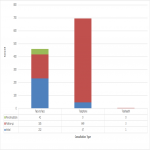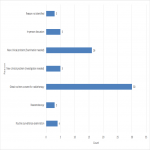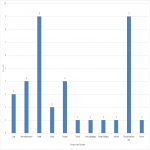Keywords:
eHealth, Management, CT, Radiation therapy / Oncology, Patterns of Care, Workforce
Authors:
A. J. McKean, L. Sullivan, A. Shorthouse; Garran, ACT/AU
DOI:
10.26044/ranzcr2021/R-0481
Purpose
At the start of 2020, the world experienced its first pandemic of the 21st century. Novel coronavirus (COVID-19) has spread around the world, affecting millions and the current death toll stands at over 3 million.1
In late March 2020, the Australian Government expanded the Medicare-subsided telehealth services amidst the evolving COVID-19 pandemic.2
Prior to the pandemic, the utilisation of telephone follow-up within oncology patients had been demonstrated across a variety of tumour groups.3, 4, 5
The aim of this project was to determine the percentage of telephone/telehealth consultations that resulted in subsequent face-to-face consultations during the first wave of the 2020 COVID-19 pandemic and assess the reasons for these face-to-face consultations.
We hypothesised that there would be a small number of patients requiring subsequent face-to-face consultations




